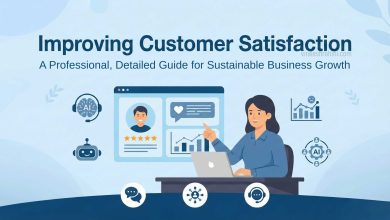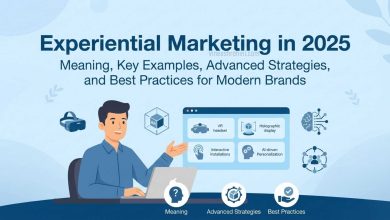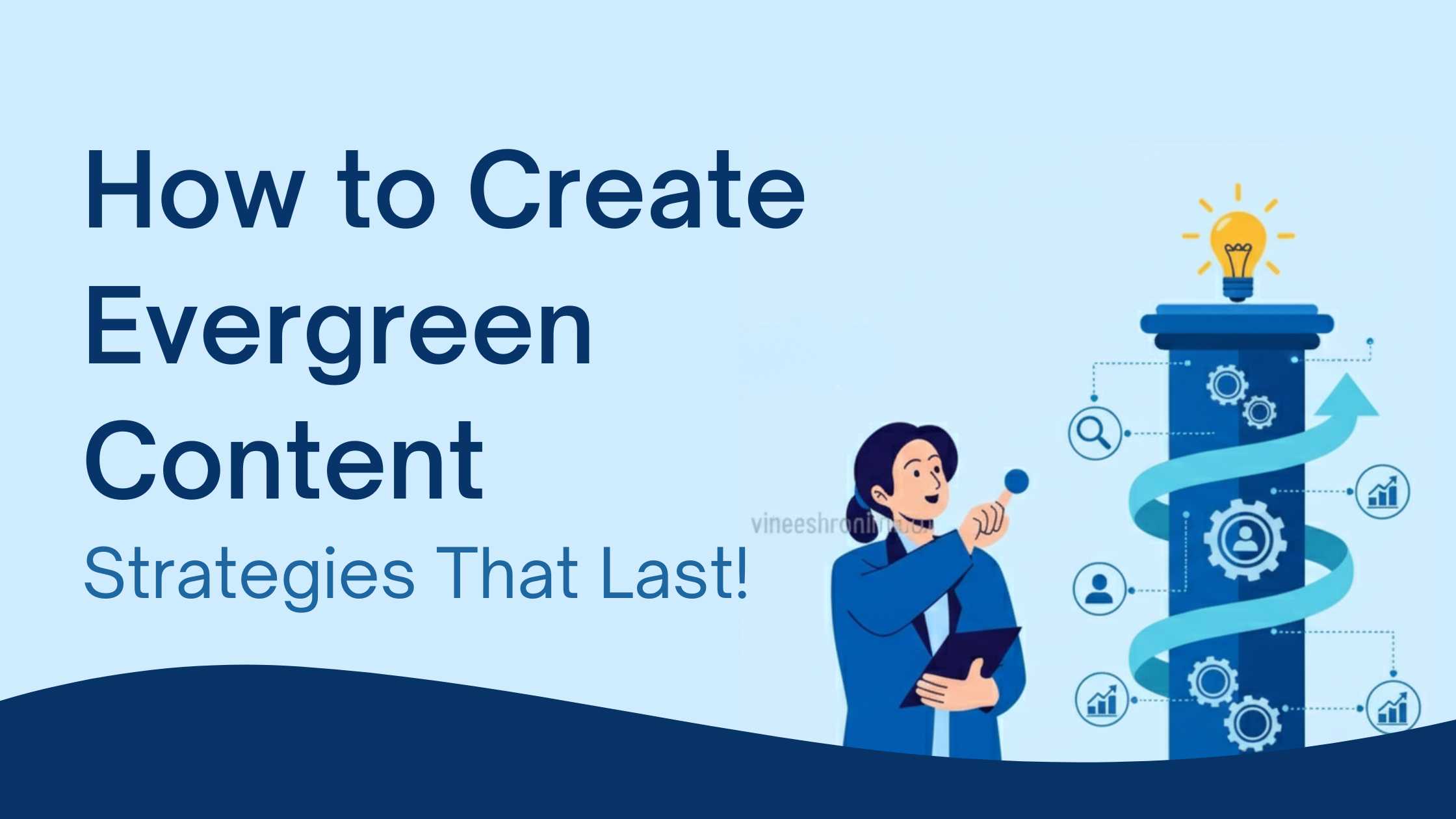5 Growth Marketing Strategies For 2025 : Comprehensive Guide
Growth Marketing Strategies : As we move deeper into 2025, the landscape of digital marketing continues to evolve, driven by technological advancements, shifting consumer behaviors, and a growing emphasis on data-driven decision-making. Businesses seeking to accelerate their growth in this competitive environment need to adopt forward-thinking marketing strategies that align with these changes.
Table of Contents
In this essay, we’ll explore five growth marketing strategies that are poised to drive success in 2025 and beyond.
1. Hyper-Personalization with AI and Data Analytics

In 2025, personalized marketing will go beyond simple segmentation and dynamic content.
Also Read : What is CRO in Digital Marketing ?
With the advancement of artificial intelligence (AI) and data analytics, businesses can create hyper-personalized experiences for their customers, tailored to their preferences, behaviors, and needs in real-time.
- Why it’s Important: Today’s consumers expect individualized experiences, and 2025 will bring even more sophisticated tools to fulfill this demand. AI-driven tools can analyze vast amounts of customer data, identifying patterns and trends that help create more relevant marketing messages and offers. Hyper-personalization leads to stronger customer loyalty, increased conversion rates, and more meaningful customer relationships.
- How to Implement: Leverage AI-powered platforms for data analysis and customer insights, and use automation tools to send personalized emails, offers, and content. Consider integrating AI chatbots and personalized product recommendations on your website and mobile apps. Make use of first-party data to create a more cohesive and targeted approach across multiple touchpoints, including social media, email, and digital ads.
2. Video Marketing and Interactive Content

Video marketing is not a new concept, but by 2025, its significance will only grow. Consumers will increasingly prefer dynamic, engaging content, with a shift towards interactive and immersive video formats, such as 360-degree videos and live streaming.
- Why it’s Important: Video is the most engaging form of content, with the power to capture attention and convey messages more effectively than text or images. Interactive videos and live streaming allow for two-way engagement, encouraging audience participation and fostering deeper connections.
- How to Implement: Invest in high-quality video production, ensuring that your videos align with your brand’s messaging and resonate with your target audience. Incorporate interactive features such as polls, quizzes, and shoppable videos to increase user engagement. Additionally, consider leveraging platforms like TikTok, Instagram Reels, YouTube Shorts, and even live-streaming tools like Twitch or Facebook Live to connect with your audience in real time.
3. Conversational Marketing and Chatbots
As we look to 2025, conversational marketing will be a critical strategy for businesses to engage with customers in real-time, providing a more direct, personal touch. AI-powered chatbots, voice assistants, and messaging apps are set to become the cornerstone of customer interactions, offering immediate responses to queries and personalized recommendations.
- Why it’s Important: Today’s consumers expect instant gratification. By offering quick, automated responses, businesses can meet customer needs at any time of day, improving user experience and increasing conversion rates. Additionally, conversational marketing provides opportunities for gathering customer insights and offering more tailored solutions.
- How to Implement: Implement AI-driven chatbots on your website, social media channels, and customer service portals. Use these tools to engage customers in real-time, assist with purchasing decisions, or resolve customer support issues. Integrating voice search and virtual assistants (like Siri, Alexa, or Google Assistant) into your website or mobile app can further enhance the conversational experience.
4. Social Commerce and Influencer Partnerships
The convergence of e-commerce and social media, also known as social commerce, is set to skyrocket in 2025. Social media platforms will continue to evolve, incorporating more e-commerce features and creating seamless shopping experiences within the apps themselves. Additionally, influencer partnerships will remain a key growth driver, though the focus will shift towards authentic, long-term collaborations.
- Why it’s Important: Social commerce enables consumers to purchase products directly through social media platforms, reducing friction in the buying process and allowing businesses to capture impulse purchases. At the same time, influencer marketing will remain a powerful tool for reaching niche audiences, especially when influencers align with your brand’s values and foster genuine connections with their followers.
- How to Implement: Expand your e-commerce presence on platforms like Instagram, Facebook, and TikTok, integrating “shoppable” posts and product tags. Partner with influencers whose values align with your brand, and focus on creating authentic collaborations that go beyond one-off sponsored posts. Encourage influencers to create content that showcases your products in real-world settings, fostering trust and increasing the likelihood of conversions.
5. Sustainable and Purpose-Driven Marketing
Consumers, especially Gen Z and Millennials, are becoming more conscious of the environmental and social impact of their purchases. In 2025, businesses that prioritize sustainability and purpose-driven marketing will have a significant competitive advantage. This includes promoting eco-friendly products, implementing sustainable business practices, and aligning with social causes that resonate with your target audience.
- Why it’s Important: Today’s consumers are more informed than ever, and they want to support brands that share their values. Brands that demonstrate a commitment to social responsibility, environmental sustainability, and ethical practices are more likely to earn customer loyalty and advocacy.
- How to Implement: Identify your brand’s core values and social responsibility initiatives, and weave them into your marketing messaging. For example, if you sell eco-friendly products, showcase the sustainability of your items and the steps you’re taking to reduce your environmental impact. If your company supports social causes, promote those efforts through storytelling and advocacy campaigns. Be transparent about your practices and engage your audience in discussions around issues they care about.
Growth Marketing Strategies – Conclusion :

As we move into 2025, growth marketing will be driven by the ability to engage customers on a deeper, more personalized level. By leveraging the power of AI and data analytics for hyper-personalization, embracing video and interactive content, adopting conversational marketing strategies, tapping into social commerce, and aligning with sustainability goals, businesses can position themselves for success in an increasingly competitive digital landscape.
Buy Now : Professional Digital Marketing Course
Growth in 2025 will not just be about increasing sales, but about building authentic, long-term relationships with customers through innovative and purpose-driven marketing strategies.
Keywords : Growth Marketing Strategies – Growth Marketing Strategies 2025



